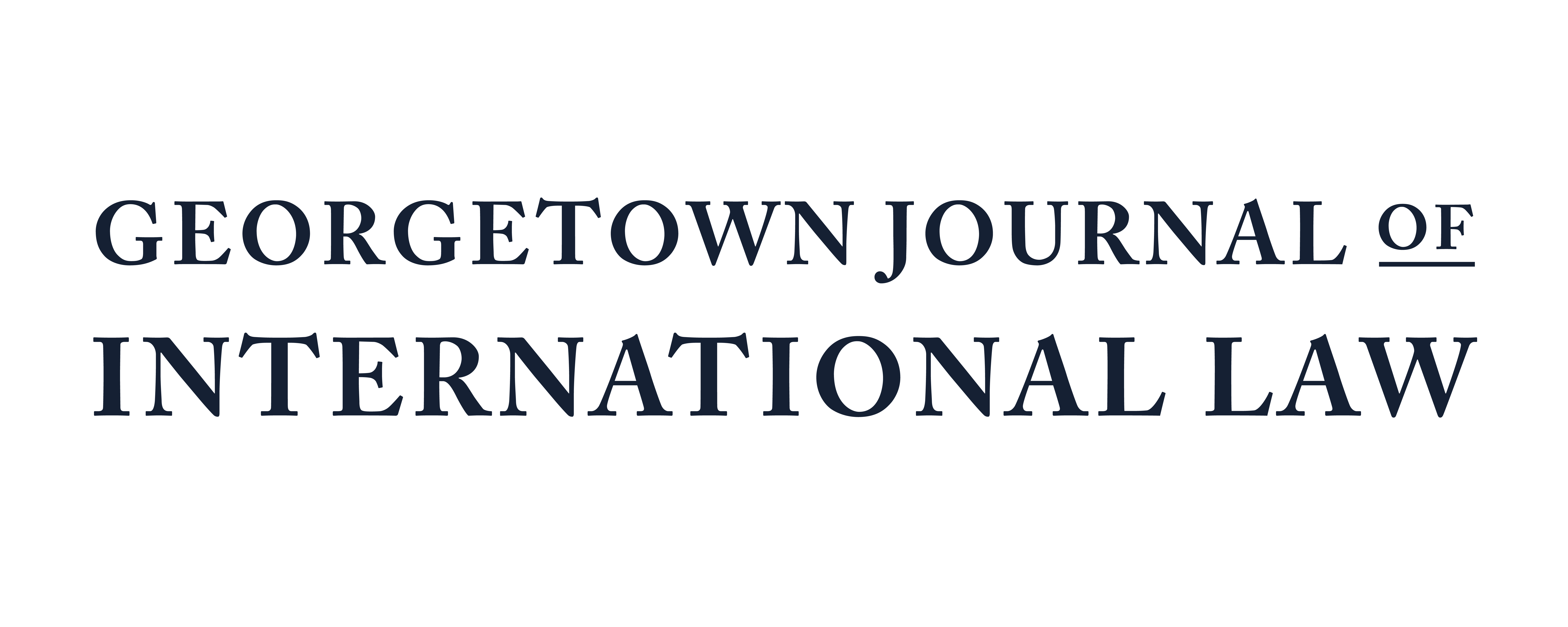Conflict on the Final Frontier: Deficiencies in the Law of Space Conflict Below Armed Attack, and How to Remedy Them
In 1945, as delegates signed the United Nations Charter, the world was still more than ten years from Sputnik 1 and more than 20 years from the cold war’s Outer Space Treaty. In the new millennium, nations have increasingly placed their national security in the delicate hands of satellites subject to jamming, cyber-attack, laser attack, and other forms of near-instantaneous technological conflict scarcely imagined by the Charter’s drafters.
This Article examines the law of international conflict applied to internationally wrongful interference with national security satellites. Specifically, it addresses the most likely category of wrongful interference—interference below armed attack. This Article shows why countermeasures are currently the best-suited response to internationally wrongful interference below armed attack; it also argues weaknesses in the law of countermeasures, most prominently the prohibition on the use of force and the requirement of injury-centric proportionality, render countermeasures ill-equipped to address conflict in outer space.
After examining the weaknesses of the traditional regime as applied to outer space, this Article proposes a fix: defensive counteractions. Defensive counteractions recognize the risk that, if pressed, states will likely protect their vital national security interests regardless of whether international law seems to allow it. Defensive counteractions build upon the existing law of countermeasures to create a framework for nations to operate within instead of having nations disingenuously assert they have been victims of armed attack and are thus entitled to full self-defense. Defensive counteractions modernize old law for new challenges.
Continue reading Conflict on the Final Frontier: Deficiencies in the Law of Space Conflict Below Armed Attack, and How to Remedy Them
Subscribe to GJIL
